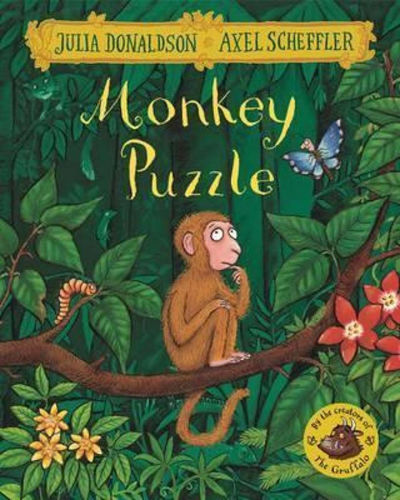Introducing Mathematical Concepts through Monkey Puzzle
This lesson integrates literature with mathematics by using Monkey Puzzle by Julia Donaldson to introduce early mathematical concepts such as counting, classification, size comparison, and positional language. The story follows a young monkey who has lost his mother and, with the help of a butterfly, searches through the jungle, meeting a variety of animals along the way. This engaging and humorous narrative provides a natural context for exploring math through storytelling.
The 90-minute lesson takes place in a second-grade class of 18 pupils, divided into two engaging segments. The primary goals are to build confidence in basic math skills, enhance pattern recognition, and support logical reasoning in an inclusive, playful setting.
Pupils count the animals the monkey meets, group them by features (e.g., tails, ears), compare sizes, and solve simple addition and subtraction problems based on story events. They use tally charts, sorting flashcards, and graphing paper to visualise and organise their thinking. Positional language is introduced through illustrations, and students work in pairs to solve math riddles. The lesson concludes with a creative activity where learners draw their own monkey adventure and invent a simple math problem within it.
The lesson supports diverse learning needs through hands-on, story-based instruction. Teachers observe increased participation and enthusiasm, particularly among pupils who find traditional math tasks challenging. They express enjoyment in applying math in imaginative contexts and show progress in sorting, counting, and using mathematical language.

